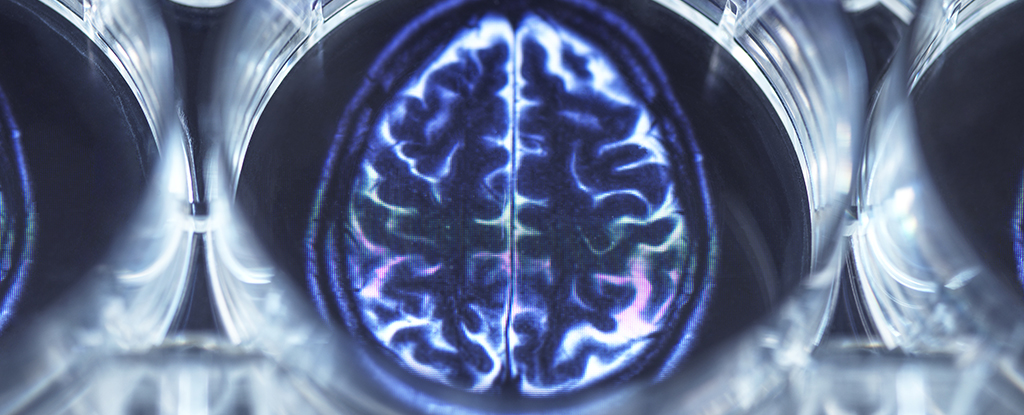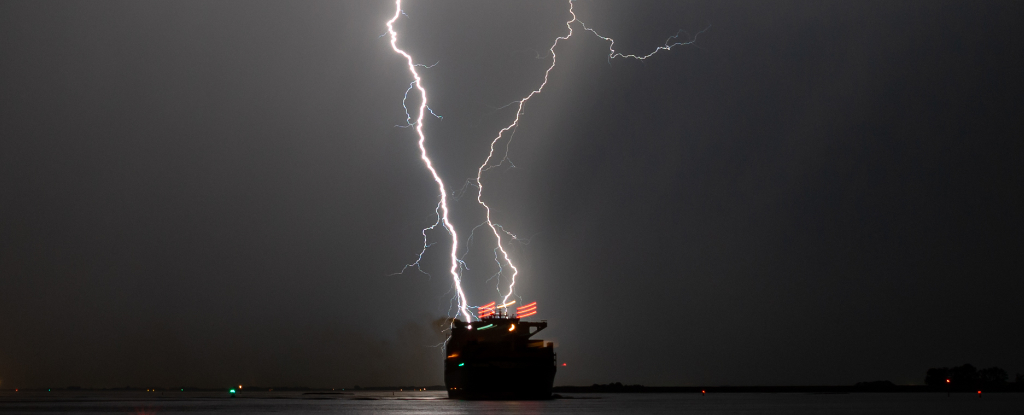The more we know about how depression takes hold in the brain, the better we can prevent and treat it, and new research has identified a brain network that seems to be twice its typical size in most people with depression.
It’s called the frontostriatal salience network, and while the functions of this region of the brain aren’t fully understood, it has previously been linked to reward processing and the filtering of external stimuli.
The researchers behind the study, led by a team from Weill Cornell Medicine in New York City, think that the discovery could help in the development of future treatments – perhaps ones that target this specific brain network.
“We found that the frontostriatal salience network is expanded nearly twofold in the cortex of most individuals with depression,” write the researchers in their published paper.
“This effect was replicable in several samples and caused primarily by network border shifts, with three distinct modes of encroachment occurring in different individuals.”
This suggests the frontostriatal salience network can intrude on space that is usually the domain of other functional networks. Such border shifts have previously been found to be inherited genetically.
The research is notable for its use of precision functional mapping, a relatively new approach that gives researchers a more detailed look at each individual brain and how it is laid out.
An initial analysis of brain scans of 57 individuals, with an average age of 41, compared to 37 healthy controls identified the frontostriatal salience network expansion. These results were then backed up by comparisons with larger datasets.
Further tests on a smaller group over a year and a half, as well as brain image data from 114 children collected before and after a depression diagnosis, also showed results similar to those from the original group.
“Salience network expansion was stable over time, unaffected by mood state, and detectable in children before the onset of depression later in adolescence,” write the researchers.
That the frontostriatal salience network expansion was noticeable in the kids before depression was diagnosed suggests that it’s a risk factor and possible contributor to depression, rather than something that happens because of it.
However, the researchers also stress that it’s early days for this field of research: data from larger and more diverse groups of individuals will need to be collected, over longer periods of time, to figure out the link between this particular brain network and depression.
What is encouraging is that researchers continue to discover more about how depression and its treatments cause changes in the brain. We know that a whole host of factors are involved, from environmental to genetic, but we’re gradually working toward more answers and better treatments.
“These findings identify a trait-like brain network topology that may confer risk for depression and mood-state-dependent connectivity changes in frontostriatal circuits that predict the emergence and remission of depressive symptoms over time,” write the researchers.
The research has been published in Nature.





